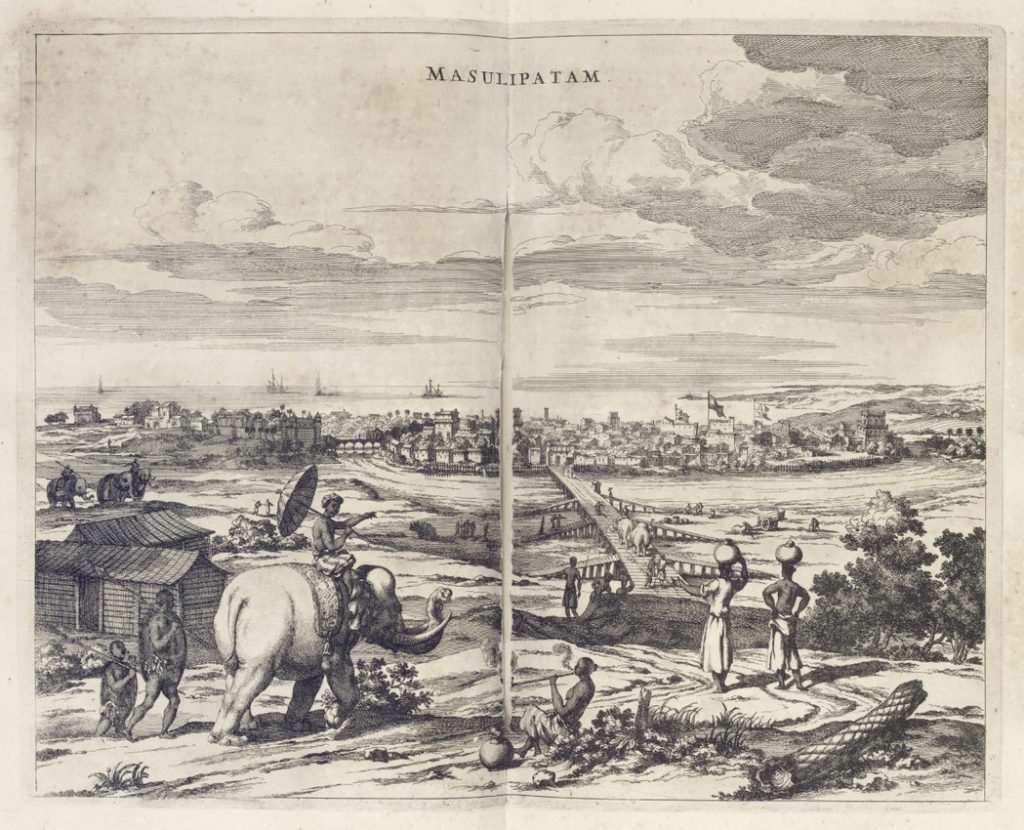“Theire Soe Admirable Herbe”
How the English Found Cannabis
In the 17th century, English travelers, merchants, and physicians were first introduced to cannabis, particularly in the form of bhang, an intoxicating edible which had been getting Indians high for millennia. Benjamin Breen charts the course of the drug from the streets of Machilipatnam to the scientific circles of London.
Not long after he arrived in Machilipatnam, Thomas Bowrey began to wonder what it was that the people of Machilipatnam were smoking.
The bustling port city on India’s Coromandel Coast felt fantastical to the young East India Company merchant. During the first days of his visit in 1673, Bowrey marveled at wonders like “Venomous Serpents [which] danced” to the tune of “a Musicianer, or rather Magician”, and “all Sortes of fine Callicoes…curiously flowred”.1 Above all, Bowrey was most fascinated by the effects of an unfamiliar drug. The Muslim merchant community in the city was, as Bowrey put it, “averse [to]…any Stronge [alcoholic] drinke”. Yet, he noted, “they find means to besott themselves Enough with Bangha and Gangah“, i.e. cannabis. Gangah, though “more pleasant”, was imported from Sumatra (and as such was “Sold at five times the price”), whereas Bangha, “theire Soe admirable herbe”, was locally grown. The word Bangha came to be more commonly transliterated as bhang, and nowadays generally refers specifically to an edible preparation (usually a drink). It is not clear whether Bowrey uses the word with such a specific meaning in mind but either way it is this liquid form, “the most pleasant way of takeinge it”, which he opts to experiment with, as opposed to smoking it, which he describes (with perhaps some trepidation) as a “a very speedy way to be besotted”.
Bowrey initially compared the effects of the drug to alcohol. Yet it seemed that bhang‘s properties were more complex, “Operat[ing] accordinge to the thoughts or fancy” of those who consumed it. On the one hand, those who were “merry at that instant, shall Continue Soe with Exceedinge great laughter”, he wrote, “laughinge heartilie at Every thinge they discerne”. On the other hand, “if it is taken in a fearefull or Melancholy posture”, the consumer could “seem to be in great anguish of Spirit”. The drug seemed to be a kind of psychological mirror that reflected — or amplified — the inner states of consumers. Small wonder, then, that when Bowrey resolved to try it, he did so while hidden in a private home with “all dores and Windows” closed. Bowrey explained that he and his colleagues feared that the people of Machilipatnam would “come in to behold any of our humours thereby to laugh at us”.2
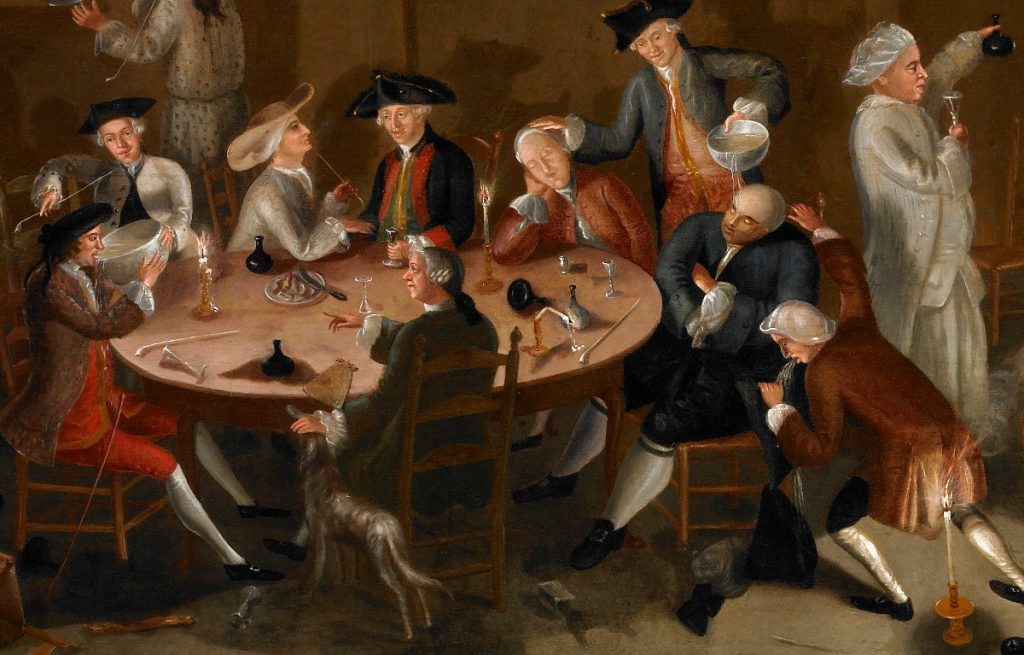
Bowrey’s account of the resulting effects is worth quoting at length:
It Soon tooke its Operation Upon most of us, but merrily, Save upon two of our Number, who I suppose feared it might doe them harme not beinge accustomed thereto. One of them Sat himself downe Upon the floore, and wept bitterly all the Afternoone; the Other terrified with feare did runne his head into a great Mortavan Jarre, and continued in that posture 4 hours or more; 4 or 5 of the number lay upon the Carpets (that were Spread in the roome) highly Complementinge each Other in high terms, each man fancyinge himselfe noe lesse then an Emperour. One was quarralsome and fought with one of the wooden Pillars of the Porch, untill he had left himself little Skin upon the knuckles of his fingers.3
Reckless self-experimentation with drugs is sometimes assumed to be a modern practice. Accounts like Bowrey’s disabuse us of this notion. Bowrey and his merchant friends were plainly interested in bhang as a recreational intoxicant, even if three of Bowrey’s group seem to have found the experience to be less than optimal — to put it mildly.
Bowrey, who would later author the first English dictionary of the Malay language, was what his contemporaries called a “philosophical traveler”.4 His interest in cannabis lay not only in its recreational value but in its “curiosity” as a wondrous substance with hidden properties. He was also keenly interested in discovering substances with the potential to be commodified. However, converting a drug like cannabis into a global commodity was not easy. The drug was embedded in a local spiritual and cultural framework — Bowrey himself seems to have viewed it as a distinctively Muslim substance. The England of Bowrey’s time was shot through with paranoia and prejudice relating to fears of both Catholic conspirators and Muslim (specifically, Ottoman Turkish) invaders. Nevertheless, forging alliances with both Portuguese Catholics and Muslims was essential for British merchants seeking a foothold in the East Indies. Bowrey’s primary contact in Machilipatnam had been “Petro Loveyro, an antient Portuguees”, who Bowrey said he came to “[know] very well.” Petro, along with Bowrey’s Muslim bodyguard, may have played a role in Bowrey’s introduction to cannabis.
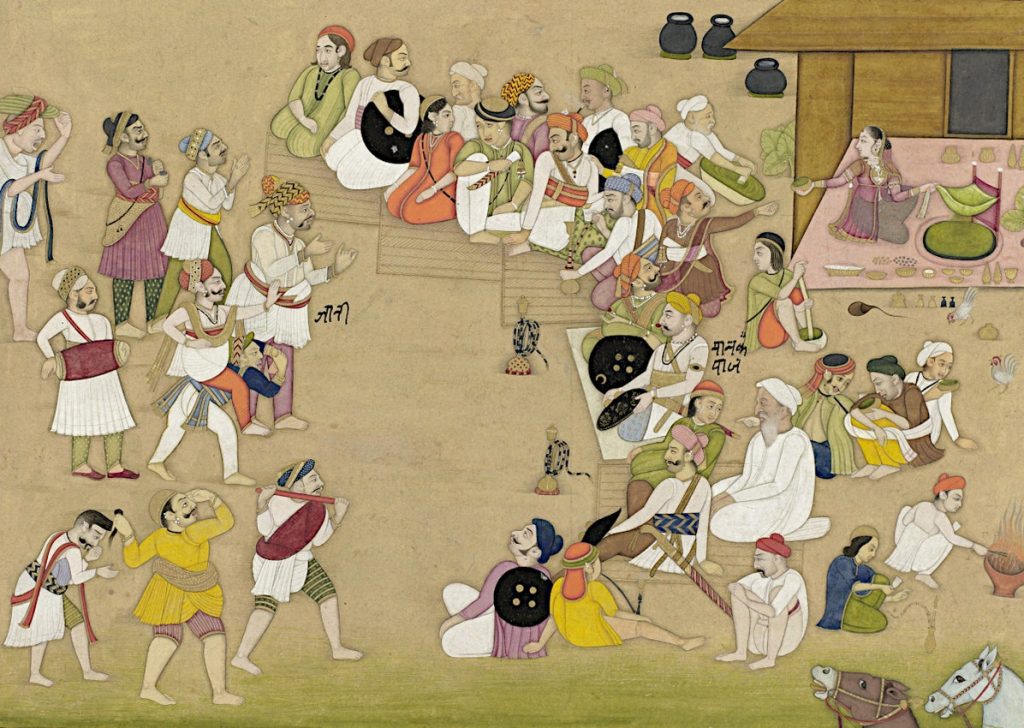
Even if these religious biases were overcome, a final challenge was in store for a drug like cannabis. How to prove, conclusively, that it had any value as either a medicine or as a recreational high? Assessing the “occult causes” of a drug’s virtues came to be a signature goal of the Royal Society and of early modern natural philosophy as a whole. It was a goal buoyed by Iberian-mediated links to pharmacological knowledge in the colonies. But it was also one that depended on the erasure of these links. The sorts of witnesses that the Royal Society deemed trustworthy, after all, tended to be elite, Protestant, and British. Too strong a reliance on figures like Petro Loveyro, or Bowrey’s unnamed bodyguard, was epistemologically unacceptable. On both a cultural and a chemical level, British scientists sought to “purify” pharmaceuticals of their Iberian Catholic, indigenous, tropical, or colonial roots.
Medieval Christian and Muslim travelers such as Marco Polo and Ibn Battuta expected to find marvels along the edges of their mental maps, spinning tales of roc’s eggs, “mellified man”, or elixirs of life. Some medieval commentators even speculated that tropical drugs and spices were fragments from the Garden of Eden, making them items of everyday commerce that were somehow also imbued with an aspect of the sacred.5 In the sixteenth century, however, we encounter a new emphasis on the experimental investigation of Indies drugs, one spearheaded in the Portuguese empire by Garcia da Orta and in the Spanish by the physicians Nicolás Monardes and Francisco Hernández.
As with the simultaneously occurring transformations in cosmology and physics, these investigative works demonstrated a newfound interest in “explaining the appearances” of wondrous tropical phenomena — not just reporting marvels, but seeking to demystify them. Francisco Hernández, for instance, lavished attention on describing the wonders of the drugs, poisons, and antidotes he encountered in the colony of New Spain. His was a totalizing mission — to document the natural history of Mexico in its entirety and, by seeing the thousands of discrete naturalia involved as part of a larger system, to understand it in a new way.6 Others focused on phenomena that broke down the boundaries of existing European epistemologies. They fixated on fruits that could dissolve the iron in a knife, leaves with “miraculous” powers to poison or heal, and woods and stones that glowed in the dark. Scientists today hunt for particles that disprove their theories of the fundamental laws of nature; early modern natural philosophers searched for drugs that did the same.
The key point of contact for introducing the mysteries of cannabis to England appears to have been not Bowrey but another English East India Company merchant, Robert Knox. In the 1670s, Knox fled from years of captivity in the kingdom of Kandy in the interior of Sri Lanka by piloting a stolen sloop along the Dutch-controlled coast. Parched with thirst and floating through hostile territory, Knox and a fellow escapee were forced to drink “[p]onds of rain water…so thick and muddy, that the very filth would hang in our Beards…by which means…we used often to be Sick of violent Fevers and Agues”.
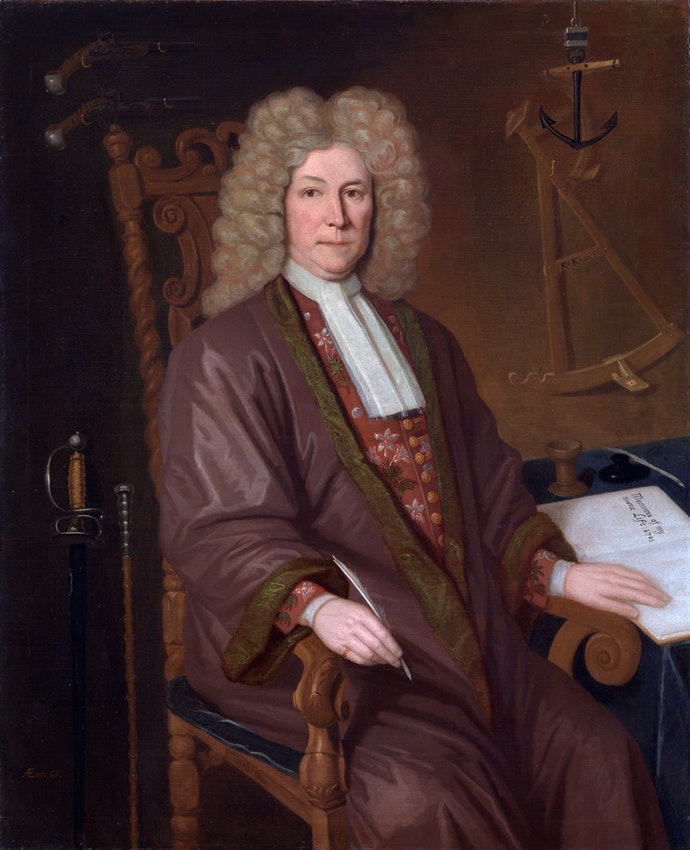
Remembering his brush with death, Knox concluded that he would have died were it not for the anti-nausea effects of a certain South Asian antidote —cannabis. “At length we learned an Antidote and Counter-Poyson against the filthy venemous water, which so operated by the blessing of God, that after the use thereof we had no more Sickness”, Knox would recall. “It is only a dry leaf: they call it in Portugueze Banga…and this we eat Morning and Evening upon an empty Stomach. It intoxicates the Brain, and makes one giddy”.7 After Knox reached London safely in September 1680, he retained a taste for this intoxicating “Counter-Poyson” and found a source able to procure it back home. We know this because, on November 7, 1689, Robert Hooke met with Knox at a London coffee house to obtain a sample of what Hooke called the “intoxicating leaf and seed, by the Moors called Ganges, in Portug[uese] Banga, in Chingales Consa”. Hooke added in his diary that the drug was reported to him as being “wholesome, though for a time it takes away the memory and understanding”.8
On December 18, 1689, Hooke delivered a lecture to the Royal Society, describing his administration of the drug to an unnamed “patient” (perhaps Knox, or even Hooke himself).9 “The Dose of it is about as much as may fill a common Tobacco-Pipe”, Hooke explained, although the route of administration he tested was to grind the leaves and seeds into a fine powder, then chew and swallow them. Before long, Hooke wrote,
the Patient understands not, nor remembereth any Thing that he seeth, heareth or doth, in that Extasie but becomes, as it were, a mere Natural, being unable to speak a Word of Sense; yet is he very merry and laughs and sings and speaks…yet he is not giddy or drunk, but walks and dances and sheweth many odd Tricks.10
Despite emphasizing this loss of “Understanding” and “Sense”, Hooke’s assessment was positive. The drug, he explained, “is so well known and experimented by Thousands, and the Person that brought it has so often experimented with it himself”, that “there is no Cause of Fear, ‘tho possibly there may be of Laughter”. Hooke concluded by noting that he was currently attempting to grow the seeds in London, and that “if it can be here produced” the plant could “prove as considerable a Medicine in Drugs, as any that is brought from the Indies”.11
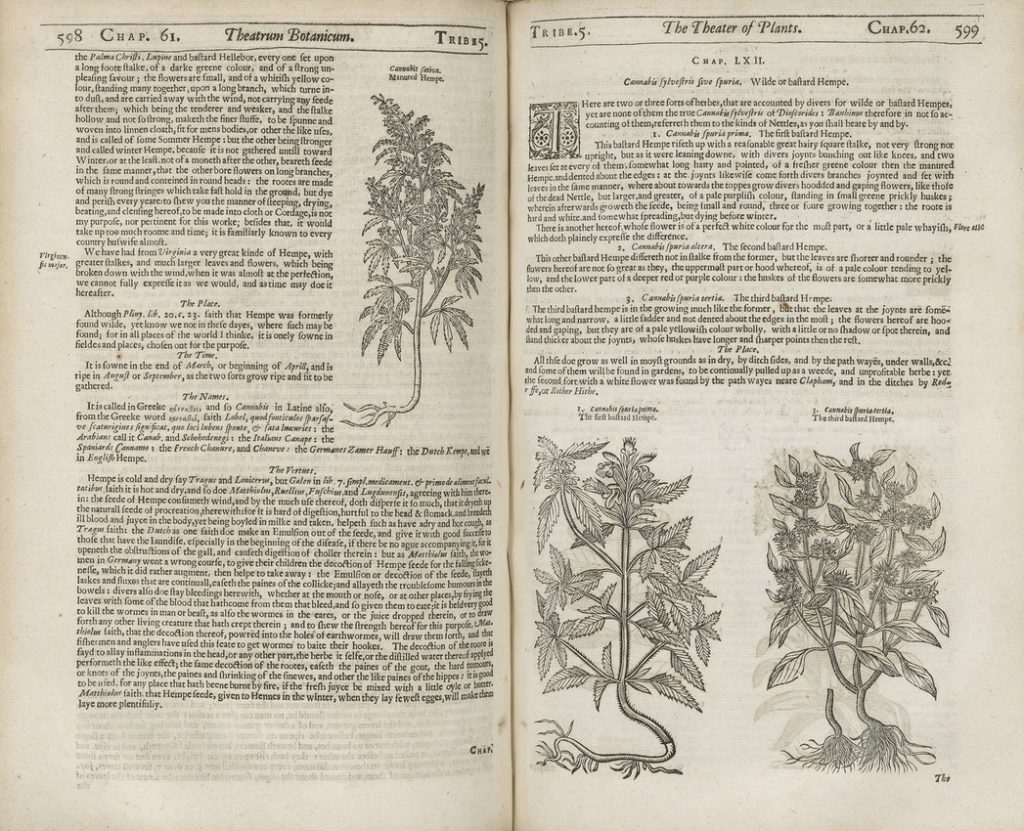
Hooke’s excited remarks about cannabis’ effects reflected the high stakes of uncovering the hidden properties of drugs in the seventeenth century. If powers to heal, cause sleep, alleviate pain, or cure melancholy could be explained, then who was to say that they couldn’t also be amplified? Via the efforts of Hooke and his colleagues, the microscope and telescope had expanded the natural limits of human vision. Might it be possible that the technological modification of psychoactive drugs could allow an expansion of other human senses and faculties?
In the short term, Hooke’s attempt to bring cannabis into the mainstream of British scientific culture was a failure. But with hindsight, we can see that he was not entirely wrong in predicting a great future for the drug.
In the 1840s and ’50s — via a series of vivid reports from another East India Company employee, W. B. O’Shaughnessy — cannabis tinctures, resins, and extracts began to be marketed to consumers throughout the British empire. The drug was lauded by one British physician in 1842 for its “manifest effects…in removing languor and anxiety”.12 As with the chain of transmission that carried cannabis from the people of Machilipatnam to the house of Thomas Bowrey, and from there to the networks of a growing British empire, the role of the drug’s non-European and non-elite users had disappeared from these nineteenth-century accounts. And so too, it would appear, had any memory of the reports of Bowrey, Knox, and Hooke. When the British medical journal The Lancet discussed cannabis in 1844, it credited “the exertions of Dr. O’Shaughnessy” who, it was claimed, had “only very recently introduced” Indian cannabis to Britain.13
The history of drugs is filled with many such forgettings. Decades before O’Shaughnessy’s triumphant re-introduction of cannabis to British consumers, Hooke had written that the drug “takes away the memory”. He turned out to be right in more ways than one.
Benjamin Breen is an Assistant Professor of history at UC Santa Cruz. He is the author of the book The Age of Intoxication: Origins of the Global Drug Trade (University of Pennsylvania Press, 2019).

